Retrofitting Roofs for Fire Resiliency
In wildfire-prone areas, the roof remains one of the most vulnerable elements of a home. While flames often dominate headlines, post-fire assessments increasingly point to wind-driven embers as the primary ignition source—particularly when they enter through ridge or soffit vents in traditionally vented roof systems.
To reduce this risk, building scientists and practitioners have turned their attention to alternatives that preserve roof performance while eliminating ember pathways. One solution that has gained traction is the use of diffusion ports—a targeted approach that allows roof assemblies to dry properly without relying on continuous ridge venting. By replacing a small portion of the wood sheathing at the roof apex with a vapor-open material, diffusion ports create a safe and effective pathway for moisture to escape, without compromising fire safety. This strategy works by permitting drying to occur at the roof apex like a traditional ridge vent without venting the entire roof, which is both cost-effective and helps maintain the roof's resilience to embers.
We are offering our Project Starter Services complimentary for anyone rebuilding due to the fires. Email info@famearchitects.com if you have any questions or need recommendations for contractors, debris removal, expeditors, etc.
The Discovery of Diffusion Port
The diffusion port concept grew out of forensic observations of roof failures in unvented assemblies. When roof venting was done improperly—particularly when permeable insulation was installed beneath the roof deck—rotting consistently appeared at one location: the ridge. This prompted investigations into moisture dynamics, leading to the discovery that localized drying at the ridge could be enough to control moisture without full venting. By cutting out a small portion of the moisture-sensitive wood from the ridge and wrapping it with a vapor-permeable material, diffusion ports allow moisture to escape, preventing rot and improving roof durability.
An Opportunity During Reroofing
One of the most promising aspects of diffusion ports is that they can be incorporated during standard reroofing projects, rather than requiring a complete structural overhaul. For homeowners already planning to replace their roof—a process that typically occurs every few decades—this presents a timely and cost-effective opportunity to upgrade fire resilience. This strategy is especially valuable in communities where financial or permitting constraints make full-scale retrofits or rebuilds impractical. Incremental upgrades made during routine maintenance can still deliver meaningful improvements in safety and performance.
The Limitations of Traditional Vents
Traditional vented roof systems rely on predictable geometry—air enters at the soffit and exits through a continuous ridge vent. But many modern homes feature more complex rooflines that interrupt this airflow, often resulting in inconsistent or ineffective venting.
Compounding the issue, many attics now house HVAC equipment and ductwork. When these systems leak, they can create pressure imbalances that pull in outdoor air through unintended gaps—including vents. During wildfire events, this means embers, smoke, ash, and particulates may be drawn directly into the living space.
A conditioned, unvented attic—made possible with diffusion ports—avoids these issues by bringing the attic into the home’s thermal envelope and controlling air movement intentionally.
Benefits of Unvented Attics
Some homeowners may worry that sealing off vents will make homes too airtight. But in practice, homes with diffusion ports and mechanical ventilation systems can be healthier and more consistent, especially in wildfire-prone areas. Instead of relying on incidental leaks for fresh air, filtered systems bring in outdoor air from known locations and remove contaminants before they enter the home.
This approach not only improves indoor air quality but also contributes to energy efficiency and year-round comfort—key priorities for many homeowners facing longer, hotter, and smokier fire seasons.
Simple but Effective
Retrofitting roofs for wildfire resilience doesn’t require a complete redesign. The diffusion port strategy offers a practical, cost-effective way to enhance fire performance, especially during routine reroofing. As wildfire risks continue to rise, these modest but impactful changes will likely become a core component of resilient homebuilding and retrofit planning.
